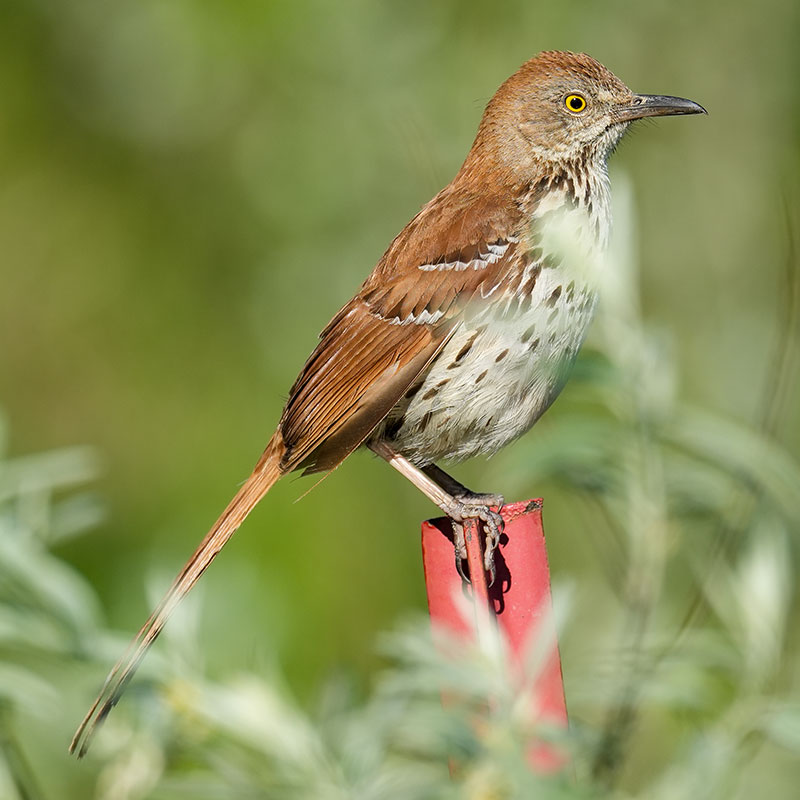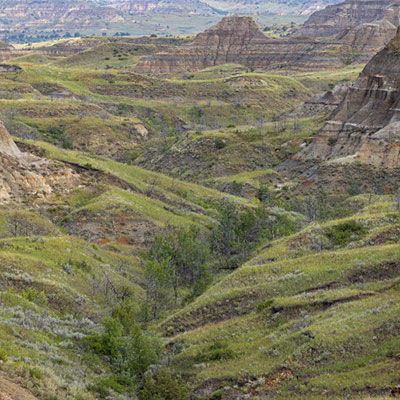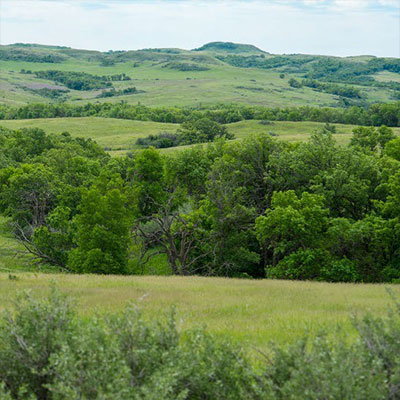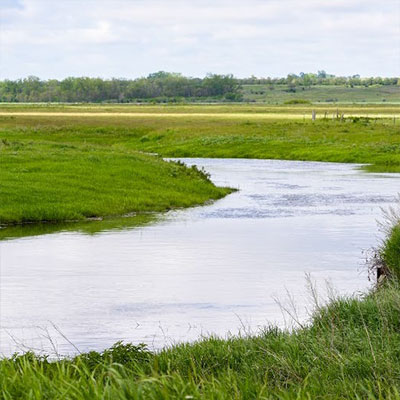Brown Thrasher

NDGF
L 11.5”, WS 13”, 2.4 oz. Rufous upperparts, whitish underparts with coarse dark streaks, and long tail.
Status in North Dakota
Occurs in North Dakota from mid-April to early October. Peak breeding season late May to early July.
Reason for SWAP Designation
At-risk based on expert review (SGCN c.).
ND ranks 7th out of 39 states for highest percent of the global population (3.39%) during the breeding season (eBird).
The Brown Thrasher is declining, and the population decreased 37% since 1970.
Threats
Loss and degradation of native riparian habitat. Loss of shelterbelts.
Overgrazing of woody draws and other woodlands affects the vegetative structure and composition.
Pesticide use may reduce prey availability. Frequent host of Brown-headed Cowbirds.
Research and Monitoring
Habitat requirements are generally known.
Additional information is needed on migration and wintering behaviors.
The Breeding Bird Survey, eBird and Partners in Flight Databases are key sources of information on distribution and population trends.
Management Recommendations
- Protect and restore native riparian habitats.
- Limit or exclude grazing in riparian areas.
- Rejuvenate and plant new shelterbelts, but do not plant shelterbelts in native prairie.
- Choose pesticides with the lowest toxicity to non-target organisms, or use biological insecticides such as B.t
- Prune tent caterpillar masses from trees.
- Follow beneficial or best practices during the design, siting, construction, operation, and maintenance of tall structures (e.g. transmission lines, communication towers, wind turbines).






